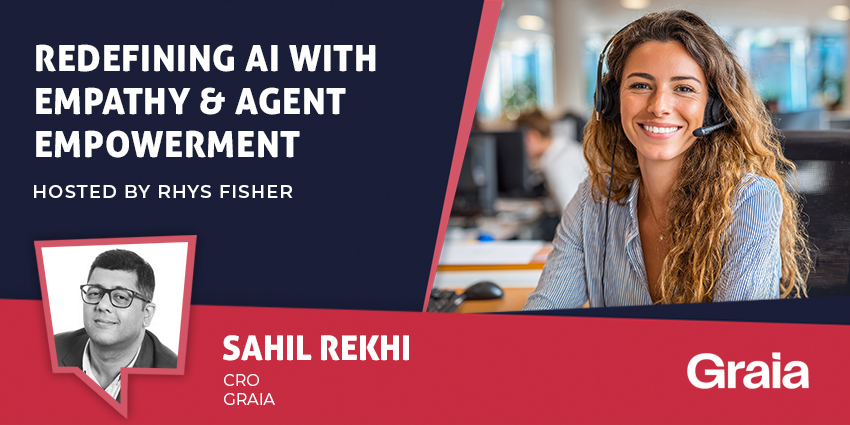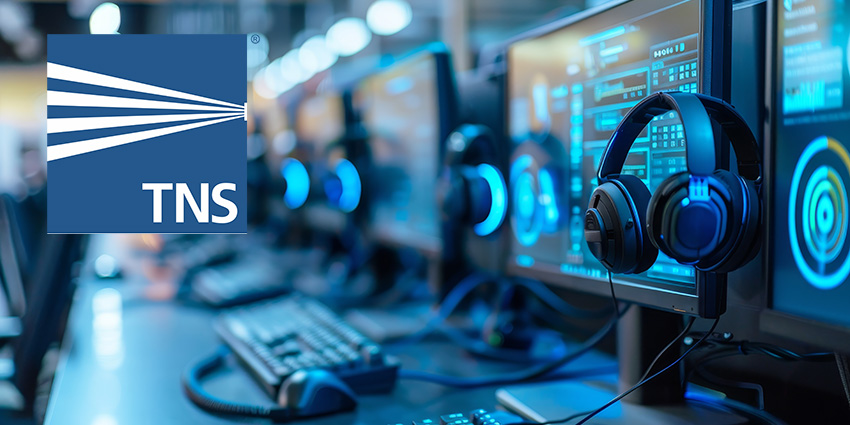In 2024, Gartner predicted that 90 percent of businesses will use CPaaS platforms by 2028.
While that prediction raised an eyebrow (or two), organizations are increasingly leveraging the technology, but not necessarily as just a standalone solution.
In some cases, CPaaS is on the back end of their CCaaS platforms, playing a pivotal role in supporting enterprises in reimagining their customer service experiences.
Yet, to understand how, it’s first crucial to consider: what exactly is CPaaS?
What Is CPaaS?
CPaaS platforms have three key layers. These are:
- An Integration Layer: Enables connections with various business systems.
- A Business Logic Layer: Allows businesses to define rules and workflows based on signals from these systems.
- A Communications Layer: Facilitates communication across various channels (SMS, voice, email, chat and more).
Each layer adds value to a CCaaS platform, whether that’s through simplifying a cloud migration, enabling proactive customer service across multiple channels, or supporting AI-led service experiences.
Contact Center Migrations: Enabling Customization at-Scale
Enterprise contact centers integrate with more than just CRM solutions. They connect to point-of-sale, fraud detection, order management, and various back-end systems.
As a result, many organizations have stitched together a highly customized patchwork of legacy systems that tend to be on-premises solutions, which would typically require painstaking effort to lift and shift to the cloud.
Yet, CPaaS acts as the layer between these systems and different communication channels, enabling contact centers to support existing cross-system workflows that flit between even the most niche applications. As Jay Patel, SVP & GM of Webex Customer Experience Solutions at Cisco, explains:
“This integration layer is particularly valuable for legacy contact centers, and advancements in AI development tools are making it easier to create and manage these integrations.”
As such, a unified CCaaS-CPaaS provider is often more capable of meeting on-premise contact centers where they are, innovating with them, and slowly migrating them across to the cloud.
With this more agile base, contact center IT teams can switch focus from server maintenance to innovation, pushing the customer service experience forward.
Proactive Customer Service: It Has Never Been So Simple
Beyond the contact center stack, AI can help identify specific events, including network outages, schedule changes, bank overdrafts, etc.
CPaaS can then act as the bridge between these events and the customer, enabling the automation of proactive communications and taking this requirement away from the contact center as the intermediary. As Patel explains:
“With CPaaS, companies can leverage this information to initiate proactive communications, such as automated notifications or AI-powered outbound calls.”
“In doing so, service teams may pre-empt the customer contact, lower contact volumes, and expunge customer effort,” he concluded.
Think about the use cases for fraud alerts, appointment reminders, event updates, flight cancellations, smart meter readings… there’s a use case across every industry.
A unified CCaaS-CPaaS platform helps contact centers seize the opportunities, so they don’t have to invest in standalone applications and stitch them together.
Fulfilling Customer Intents with a Blend of AI, Humans & Channels
With CPaaS on the back end of their solutions, some CCaaS providers can combine traditional development, APIs, and low-/no-code.
As a result, contact centers can orchestrate an experience around particular customer intents that blend particular channels, AI, and humans without necessarily involving a developer.
Consider an experience where an AI Agent greets a customer on their chosen channel. Then, based on their intent, it routes them to the best place to solve the query.
From there, the AI Agent either automates that query or gathers the information for a human agent to solve it. Whatever the case, it follows a preset path with an easy escalation.
Ultimately, that’s tomorrow’s customer service experience, and Cisco is beckoning that future with Webex Customer Experience solutions.
Unify CCaaS & CPaaS with Webex by Cisco
Four years ago, Cisco envisioned the unification of CCaaS and CPaaS when acquiring IMImobile.
Now, it has executed that vision, pulling the two platforms together under the Webex Customer Experience banner.
In doing so, it’s supporting many on-premises contact centres in migrating to the cloud, reimagining their customer service experiences, and delivering on that vision.
As Cisco does so, its customers are transforming their customers’ journeys with proactive outreach, omnichannel engagement, and AI.
Cisco customer Mercalis is doing just this as a trusted partner to life sciences companies and the patients they serve.
The company has vast contact center operations with 1,000 agents handling hundreds of thousands of monthly calls.
Once a voice-focused contact center, CPaaS is enabling Mercalis to expand beyond outbound SMS messages and digital wallets to add additional channels for customer interactions.
Tommy Walker, VP of Technology Transformation and IT Operations at Mercalis said: “We are excited about the integrated capabilities that Webex Contact Center and Webex Connect provide to give us the flexibility to support across multiple channels”.
To deep dive into the Webex Customer Experience portfolio and discover how your brand can achieve similar outcomes, visit their website.








